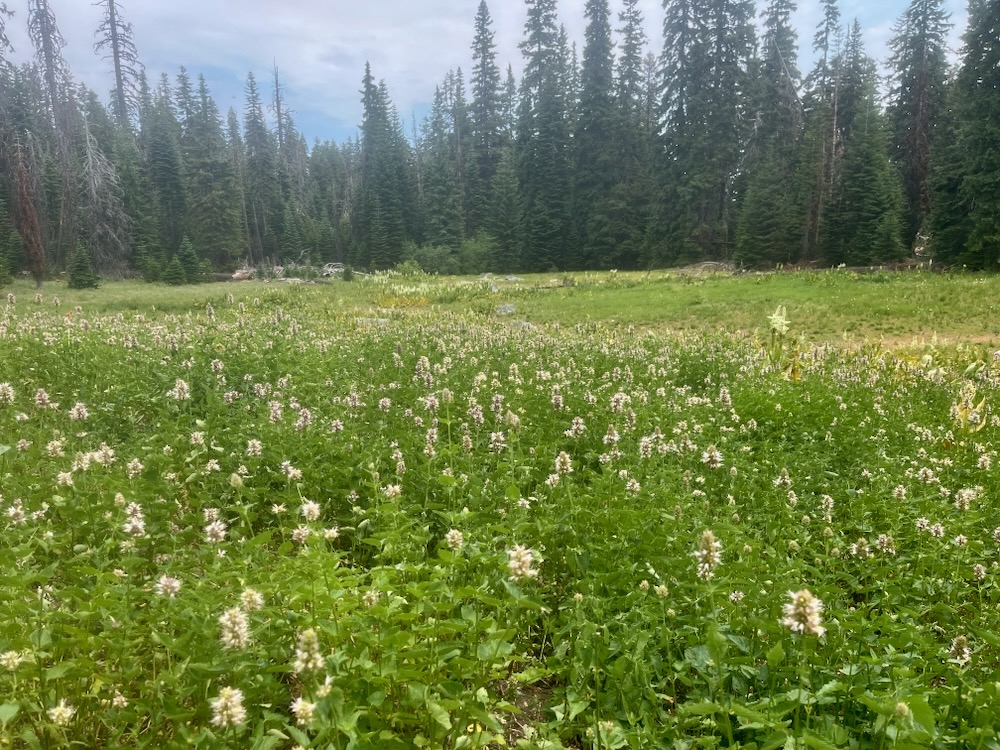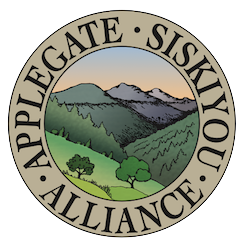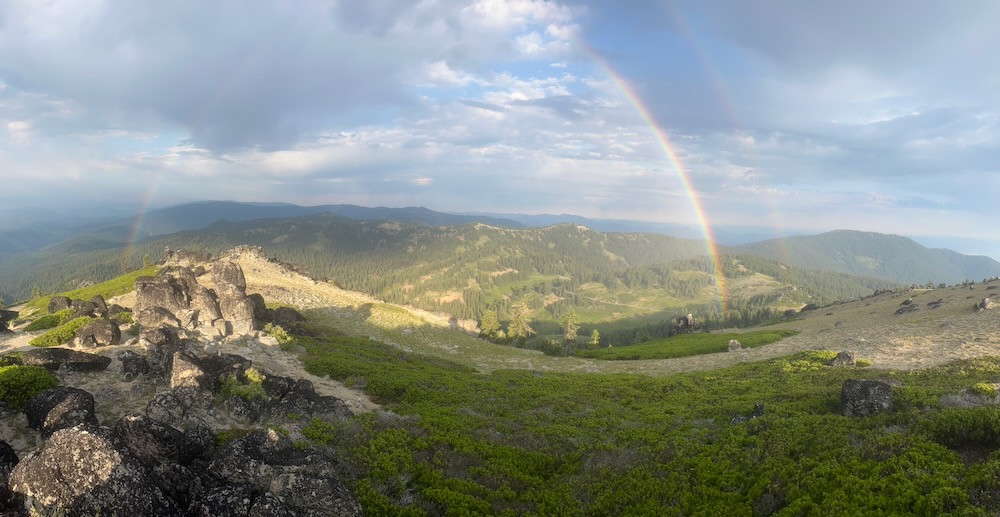
As the tallest summit on the Siskiyou Crest, Mt. Ashland is a sky island rising above the surrounding ridgelines and high above the Rogue and Colestin Valleys. Standing on the divide between the Ashland Creek Watershed, which ultimately drains into the Rogue River, and Cottonwood Creek, which drains into the Klamath River near Hornbrook, California, the Mt. Ashland area supports extensive subalpine forest, flower-filled meadows, colorful rock gardens, high elevation bunchgrass habitats, sagebrush clearings, and quaking aspen groves.
Although extremely popular for outdoor recreation and generally well known, the mountain also contains many obscure and little visited meadows, spectacular old-growth forests, rushing streams, and rare conifer species.
Many have been to Mt. Ashland hiking the PCT, mountain biking on local trails, driving road 20, cross-country skiing over deep winter snow, exploring the Grouse Basin and Grouse Gap Shelter, camping at the Mt. Ashland Campground, and visiting the mountain’s windswept summit, but have you explored Mt. Ashland’s truly wild side? You have a chance to on August 3rd for the final hike of the Siskiyou Crest Conifer Field Trip Series! The field trip is an opportunity to see Mt. Ashland in a new light though an informative and potentially adventurous hike on Mt. Ashland’s wild northern flank in the McDonald Peak Roadless Area.
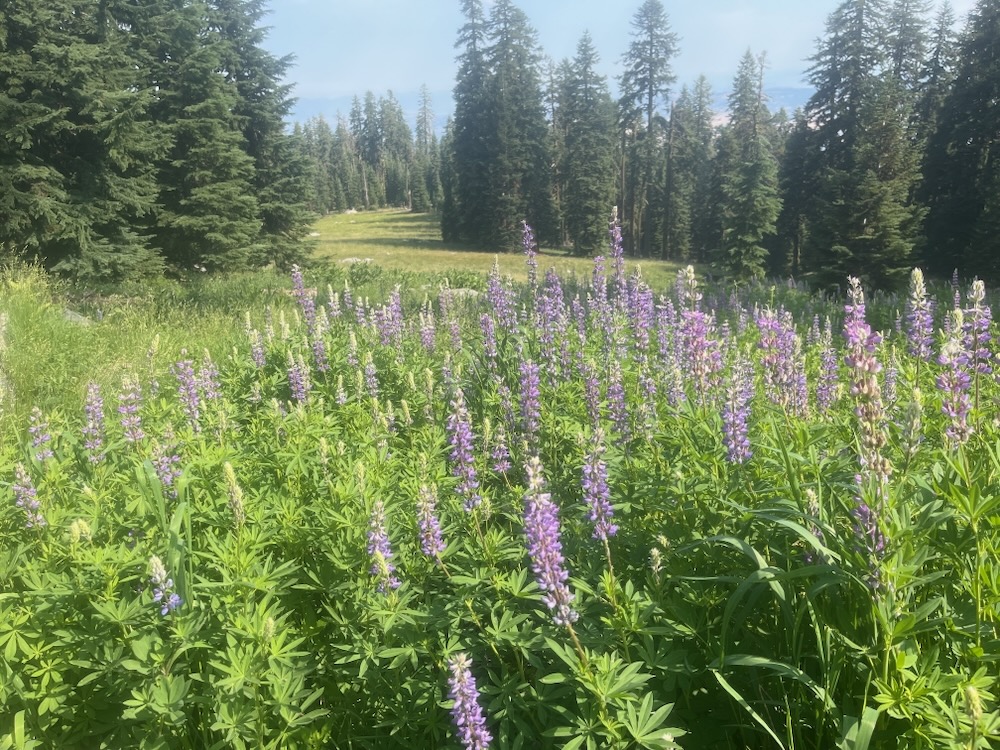
Join us as we explore the wild side of Mt. Ashland, north of Road 20, west of the ski resort, and at the headwaters of Ashland Creek. We will visit and view Mt. Ashland’s rare conifer species, botanize the mountain’s dramatic summit filled with rare and unusual plants, thickets of montane chaparral, barren subalpine habitats, and massive granitic boulders.

At the summit, we will see one of only two stands of subalpine fir (Abies lasiocarpa) in the Siskiyou Mountains. The largest population on the Siskiyou Crest is found near the summit of Mt. Ashland, where stunted krummholz-form trees grow in blue-green mats surrounded by rock gardens and sparse subalpine flowers not more than a few inches high. More common to the north and east in the Rocky Mountains, Cascade Mountains and Blue Mountains, where heavy winter snow creates ideal conditions for subalpine fir, the Mt. Ashland population is disjunct from the majority of the species’ range .
We will also peer down from the summit into “the bowl,” a deeply scoured basin of granite, with mats of greenleaf manzanita and stunted conifer groves consisting of mountain hemlock, western white pine, and red fir. Within this habitat one can also find the last mature whitebark pine (Pinus albicaulis) tree on Mt. Ashland and in the Siskiyou Mountains. Although we do not know what the historic impact of ski resort development and/or communication tower development was on either subalpine fir or whitebark pine, we do know that whitebark pine was known to occur on the mountain in 1969, and as recently as 2003, only three mature whitebark pine trees remained on Mt. Ashland, along with a few planted seedlings.
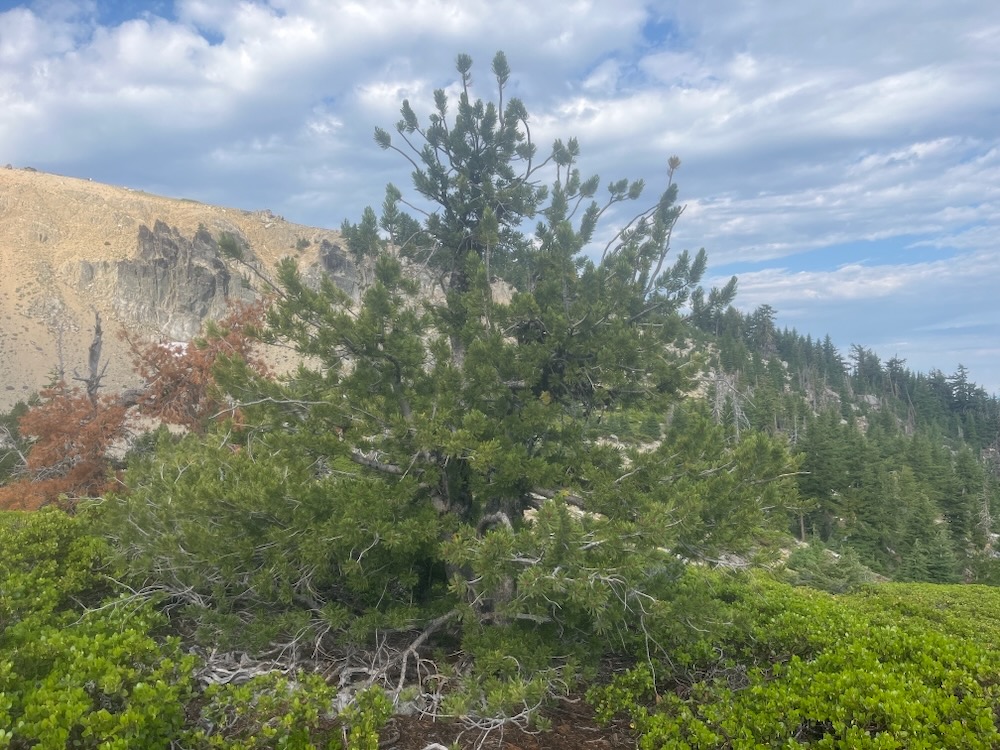
Currently, only one mature whitebark pine is surviving on Mt. Ashland due to a combination of unfortunate factors, including a naturally small population size, the loss of winter snowpack, the non-native white pine blister rust, and bark beetles that have become more virulent and damaging throughout the range of the whitebark pine in recent years. With nowhere to escape at higher elevations, the whitebark pine is highly susceptible to climate change and remains precariously close to extinction in the Siskiyou Crest region.
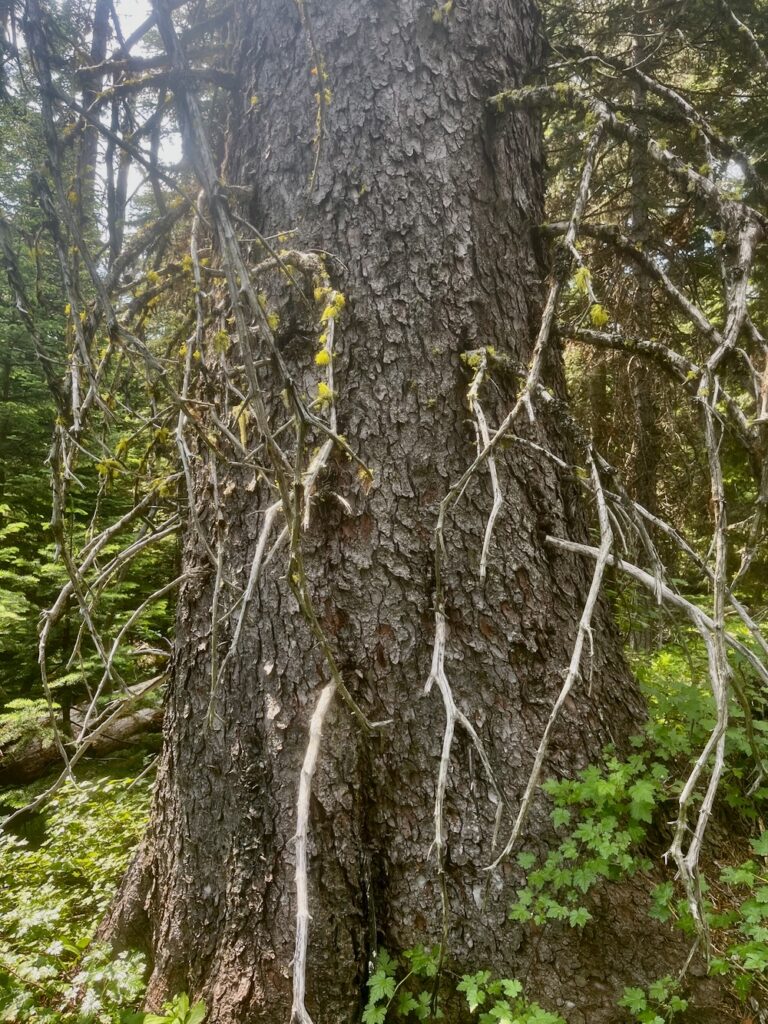
After visiting the summit, we will drive down the mountain where the field trip offers two separate options. These options include a leisurely hike along the PCT and/or Rabbit Ears area with expert botanist Julie Kierstead, or a difficult and adventurous off-trail hike onto the wild side of Mt. Ashland through moist mountain meadows, intact bunchgrass clearings, and montane forests. The off-trail hike will lead to a meadow and wetland system on the East Fork Ashland Creek that supports beautiful stands of Engelmann spruce (Picea engelmannii).
Engelmann spruces is found only on Mt. Ashland in the Siskiyou Crest region, and in a few locations further south in the Russian Wilderness at the headwaters of the Salmon and Scott Rivers. Engelmann spruce is a tree of the Rocky Mountains, the Cascade Mountains, and the Blue Mountains, and is often associated with deep, snow and moist montane habitats. At Mt. Ashland, Engelmann spruce grows along meadows, wetlands and springs in the East Fork Ashland Creek watershed.
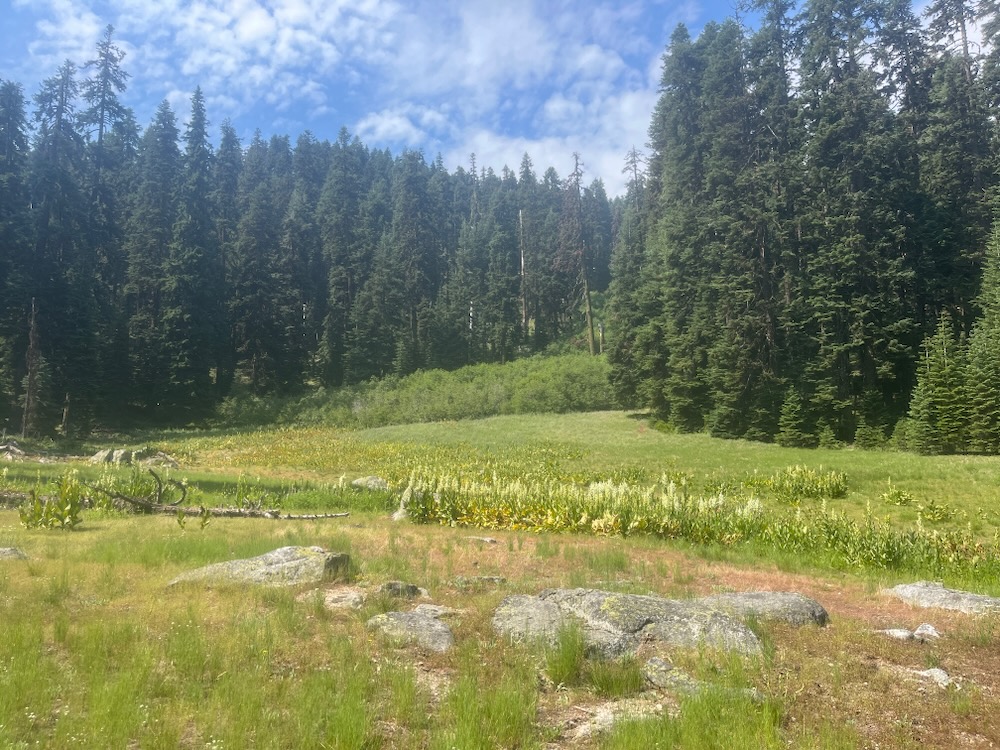
The journey in the McDonald Peak Roadless Area will show you the most remote, intact, and little visited corners of Mt. Ashland, along with some of the rarest conifers in the Siskiyou Mountains. We think it will also give you a whole different perspective of Mt. Ashland and its surrounding wildlands.
Join us on the wild side with an off-trail hike to spectacular meadows and Engelmann spruce groves, or botanize more accessible portions of the mountain with expert botanist Julie Kierstead.
